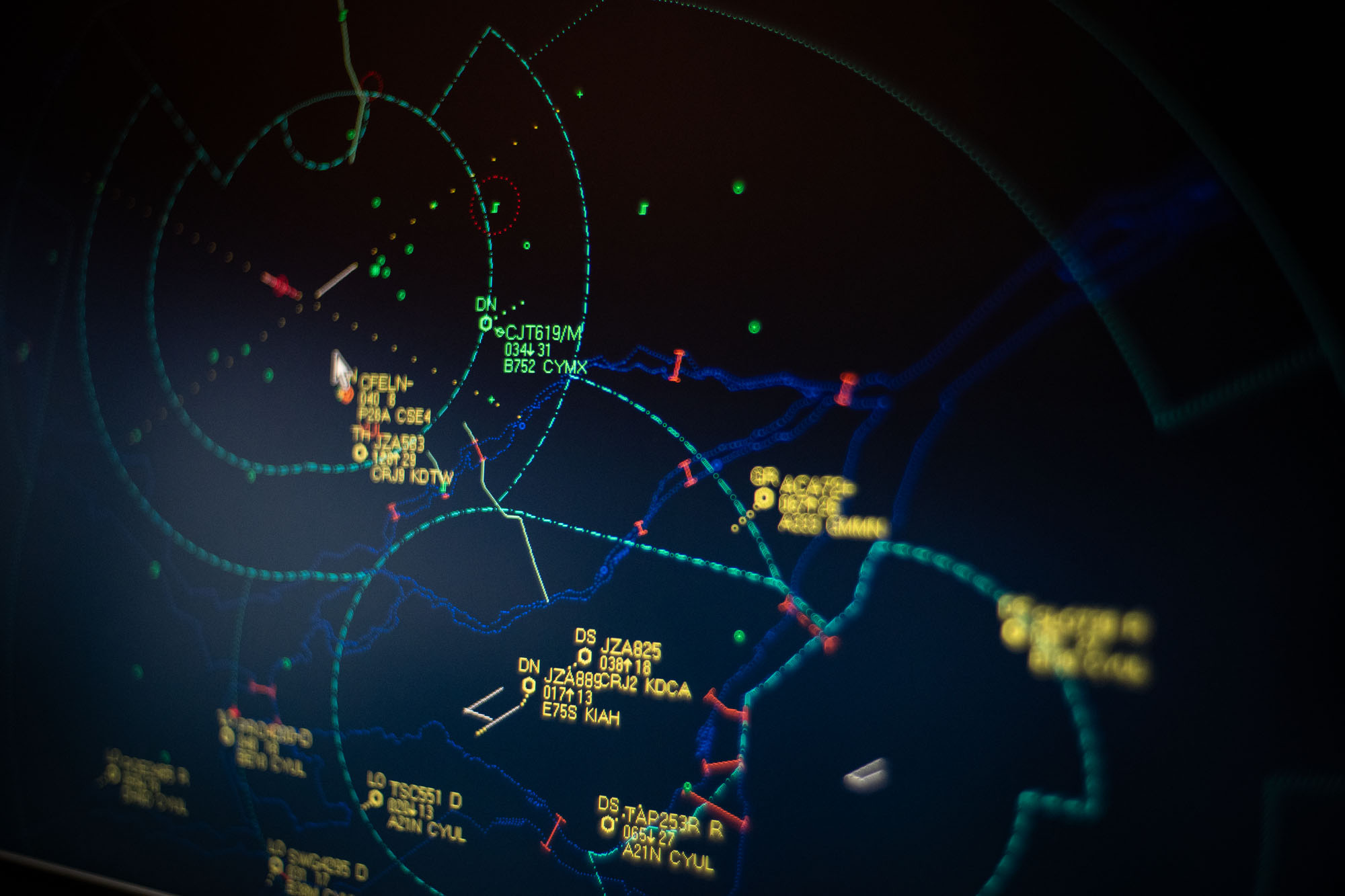







March 31, 2025
NAV CANADA has officially unveiled its updated Communication, Navigation, Surveillance, and Air Traffic Management (CNS/ATM) Operations Plan, marking a transformative leap forward in modernizing Canada’s air navigation services. With this new plan, NAV CANADA is reaffirming its commitment to shaping the future of air navigation while meeting the ever-evolving needs of aircraft operators and key partners across the country.
The latest edition of the plan not only reflects the company’s ongoing innovations since the original 2020 plan, but also highlights accomplishments that continue to make a tangible impact on Canadian airspace.
The CNS/ATM Operations Plan is designed to assist the aviation community in planning future transition and investment strategies. Aircraft operators can use this plan to forecast future CNS/ATM equipage and capability investments. As customers upgrade their avionics, greater air traffic management opportunities will be presented with the potential for future seamless gate-to-gate operations. The Plan was drafted in collaboration with customers and stakeholders at the CNS/ATM Strategy Working Group, and we thank all those who together have helped develop our shared goals.
Let’s take a closer look at some of the standout achievements we completed since the first edition was published that have helped position NAV CANADA as a leader in aviation safety, efficiency, and sustainability:

NAV CANADA has successfully completed its NAVAID Modernization Program, a crucial step in replacing outdated infrastructure and enhancing Canada’s airspace capabilities. The program has modernized much of the country’s legacy navigation systems, including Jet, Victor, and Low Frequency (LF) airways, with more advanced technologies.
Once the project concludes in April 2025, a total of 302 NAVAIDs—250 non-directional beacons (NDB) and 52 very high frequency omni-directional range (VOR) navigation aids —will be decommissioned. From a publication standpoint, the project has spanned six years, beginning on April 25, 2019, and is set to conclude on April 17, 2025.
“This project coming to an end is the culmination of multiple stakeholders across the organization working together to support this initiative over the course of several years,” said Sean McCarthy, Manager of Aeronautical Information Management (AIM) Production Planning at NAV CANADA. “This is a testament to the hard work by all those involved as without the individual contributions across the country this project would not have been realized.”
The modernization not only improves navigation accuracy but also reduces reliance on older, less efficient technology, providing Canada with more flexible routings that can accommodate the rising volume of air traffic.

NAV CANADA has made tremendous progress in the rollout of Performance-Based Navigation (PBN) approach procedures. These procedures, including Lateral Navigation (LNAV), Lateral Navigation/Vertical Navigation (LNAV/VNAV), Localizer Performance with Vertical Guidance (LPV), and Required Navigation Performance Authorization Required (RNP AR), are now available at hundreds of airports across Canada.
Performance-Based Navigation (PBN) represents a shift from traditional ground-based navigation to satellite-based technology, offering more precise flight paths and reducing infrastructure dependence. This modernization leads to increased runway accessibility and improved safety, especially in challenging areas such as mountainous or remote regions.
Charles Simard, Stakeholder and Commercial Relations Program Manager, explained, “By the end of 2024, NAV CANADA will have published over 1,200 LNAV minima, more than 450 LNAV/VNAV minima, over 800 LPV minima, and over 100 RNP AR minima. This is a tremendous leap from 2017, when there were only 355 LPV minima lines. The benefits for aircraft operators include increased access to airports and enhanced vertical guidance.”
This rollout aligns with Canada’s national PBN implementation strategy and represents a major step forward in optimizing airspace and improving operational efficiency.

In a bold move to enhance air traffic surveillance, NAV CANADA implemented Space-Based Automatic Dependent Surveillance–Broadcast (ADS-B) technology across Class A airspace in August 2023 and Class B airspace in May 2024. This cutting-edge system allows for more precise aircraft tracking, providing better situational awareness, particularly in remote regions where radar coverage has traditionally been limited.
Space-Based ADS-B works by using satellite technology to track aircraft equipped with ADS-B Out, allowing for near real-time updates of aircraft positions. This technology expands surveillance coverage, offering improved tracking in areas such as Canada’s northern territories and vast stretches of water, where traditional radar systems can’t reach.
Kirsten Dawson, National Manager of Airspace Development, commented, “The introduction of Space-Based ADS-B has revolutionized our surveillance capabilities. With the support of Transport Canada, we developed the regulatory framework to ensure this system’s smooth integration in Canada’s Domestic Airspace. Furthermore, we’ve launched an online accommodation system, ensuring that non-ADS-B equipped aircraft can still safely operate within mandated airspace.”
This advancement boosts safety, efficiency, and capacity across Canada’s airspace, particularly in challenging environments, and supports the transition to more advanced systems in air traffic management.
The latest edition of the CNS/ATM Operations Plan is more than just a strategic document, it’s a reflection of NAV CANADA’s dedication to staying ahead of the curve in air navigation services. Through continuous innovation, cutting-edge technology implementation, and close collaboration with industry stakeholders, NAV CANADA is committed to supporting the growth of aviation in Canada while maintaining the highest standards of safety, efficiency, and sustainability.
As we look to the future, NAV CANADA will continue to collaborate with industry partners, regulators, and stakeholders to refine and expand these advancements. Through ongoing meetings with pilots, dispatchers, and representatives from airlines and other organizations, we actively listen, brainstorm, and shape future enhancements. This plan is not only a roadmap for the future of Canadian air navigation but also a clear testament to NAV CANADA’s unwavering commitment to operational excellence and customer-focused service.
Through these bold steps, NAV CANADA is ensuring that Canada’s airspace remains at the forefront of global air navigation innovations, leading the way toward a safer, more efficient, and sustainable aviation system.
Read the full CNS/ATM Operations Plan and discover the innovations driving the next generation of aviation.